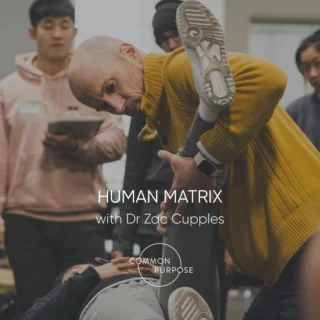Approximately 5 Minutes Reading Time
Brief Article Overview
-
Seasonal Affective Disorder is defined as recurrent bouts of depression, which are causally linked to seasonal changes during the winter months of the year.
-
Research strongly suggests that regular exercise is an accessible and effective treatment to help combat SAD.
-
Keeping consistent with an exercise routine during winter months requires more planning and discipline than usual, but doing so offers huge benefits for both physical and mental health.
Introduction
As the clocks go back, the days get shorter, the temperature drops and the skies become grey, Seasonal Affective Disorder (SAD) becomes a problem to contend with for a vast majority of the population, especially those further away from the equator who experience large shifts in daylight hours and temperature drops.
Don’t get us wrong, wanting to cuddle up on the sofa in the warmth with a bowl of soup in a state of semi-hibernation is somewhat expected and normal, but when this turns into a severe state of depression which interferes with your vitality, wellbeing, work and relationships, then it becomes a more serious issue to address. SAD can be debilitating for some people, in which case, it’s important to seek help from a qualified professional.
There are many different ways of combatting the symptoms of SAD such as light therapy, nutrition strategies, even wearing brighter clothes! In this article, however, we wanted to pay particular attention to the positive impact of regular exercise on this disorder, outline the research behind the claims and give you some practical guidance to keep you moving this winter!
 Tiago
Tiago







